Surgeon's Case: Ankle Break!!
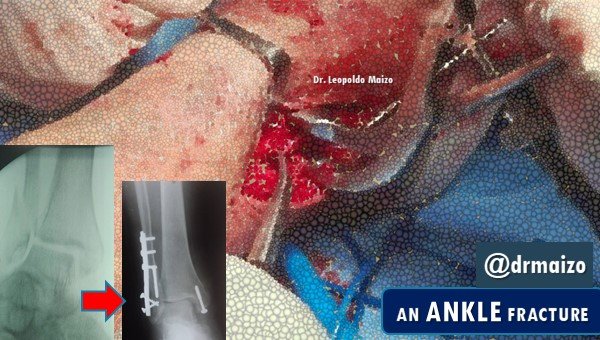
Ankle Fractures
Almost always the cause is a sprain caused by a slip or trip, a fall on a spun ankle while skiing, a fall from a great height, a traffic accident or some direct hit. In other words, it is an accidental injury. Depending on its magnitude and the precise location of the fracture, an operation and/or a bandage or plaster cast will be necessary.
Over the past 30 years, doctors have observed an increase in the number and severity of broken ankles due, in part, to an active population of older people born after World War II. In 2005, more than 1 million people visited the emergency room with ankle problems. The ankle usually involves two joints, one on top of the other. A broken ankle may involve one or more bones, as well as injury to surrounding connective tissues (ligaments).
The most prominent symptoms of this injury are a marked pain when moving it, for example when turning the feet, an important inflammation and a bluish coloring of the skin in the area. It is also possible that the foot is in an incorrect posture or there may even be an open fracture with the exit of some bone fragment through the skin and the corresponding complete loss of functionality of the foot.

Ankle Anatomy
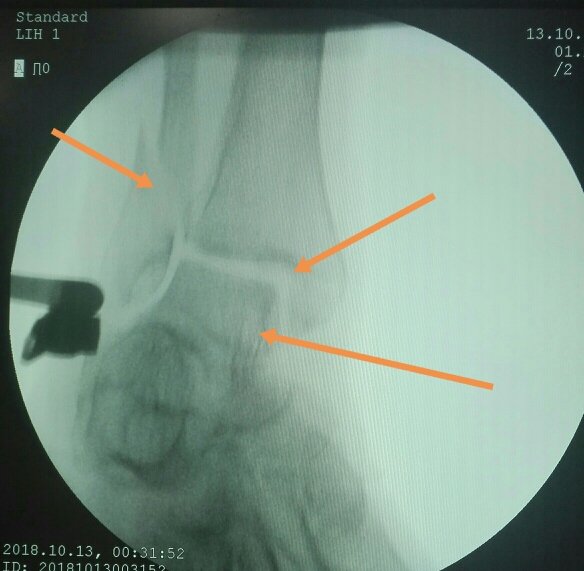
- The upper ankle joint is made up of three bones:
- The shin bone (tibia)
- The other bone of the lower leg (fibula)
- The ankle bone (astragalus)
- The bones of the legs form a pocket dug around the top of the ankle bone. This allows the foot to bend up and down.
Just below the ankle joint is another joint (subtalar), where the ankle bone connects to the heel bone (calcaneus). This joint allows the foot to move from side to side. There are three groups of fibrous tissue that connect the bones and provide stability in both joints.
The knotty bumps you can feel on both sides of your ankle are the ends of the bones in the lower leg. The lump on the outside of the ankle (lateral malleolus) is part of the fibula; the smaller lump on the inside of the ankle (medial malleolus) is part of the shin bone.

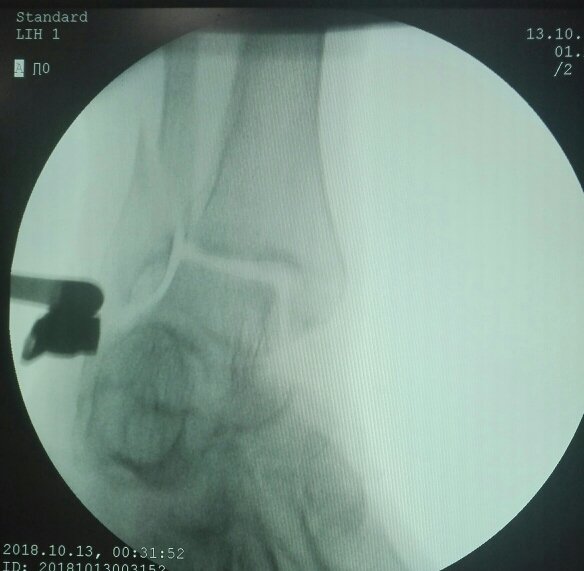
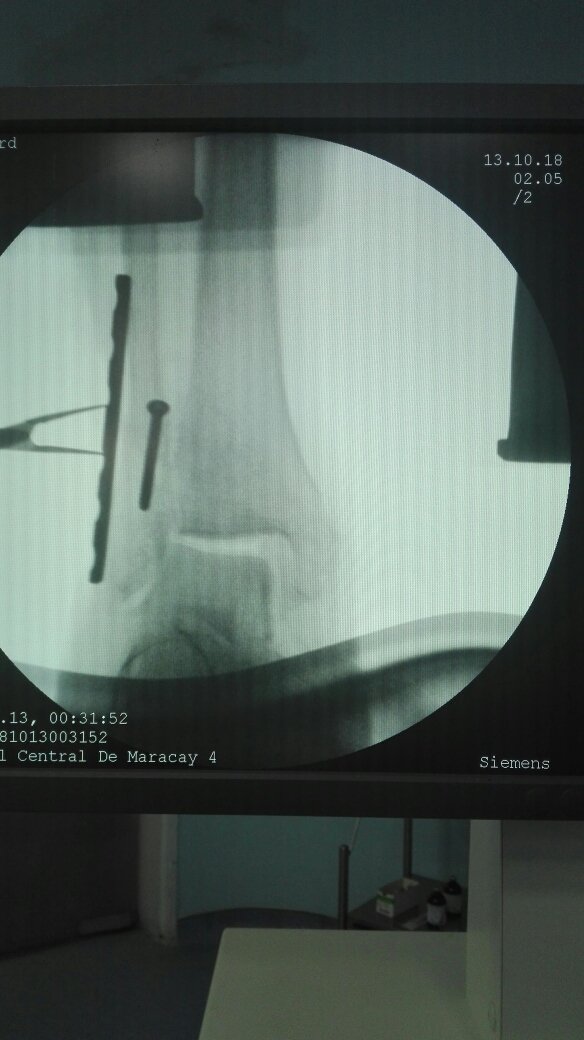
When a break occurs
Any of the three bones that make up the ankle joint can be broken as a result of a fall, car accident, or other ankle trauma.
Because a severe sprain can often mask a broken ankle, any injury to the ankle should be examined by a doctor. Symptoms of a broken ankle include:
- Immediate and severe pain
- Inflammation
- Bruise
- Sensitivity to touch
- Inability to place any weight on the injured foot
- Deformity, particularly if there was a dislocation in addition to a fracture
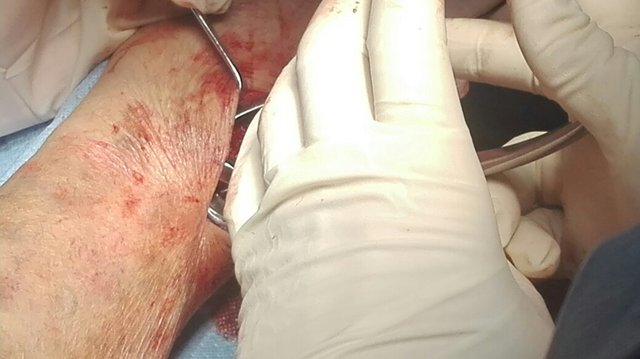
A broken ankle may also involve damage to the ligaments. Your doctor will order an x-ray to find the exact location of the tear. In some cases, a computed tomography (CT) scan or bone scan is also needed.
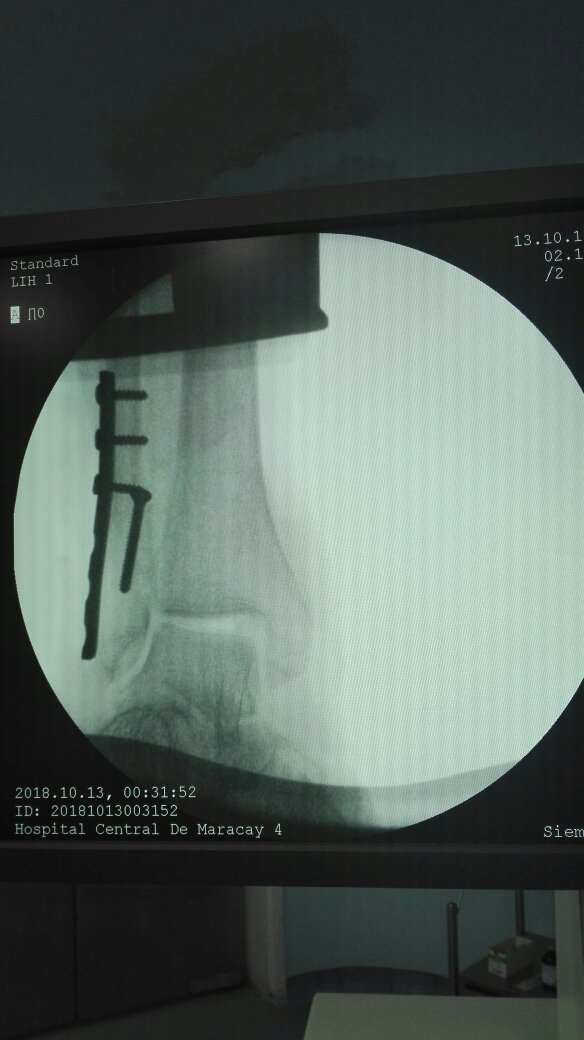
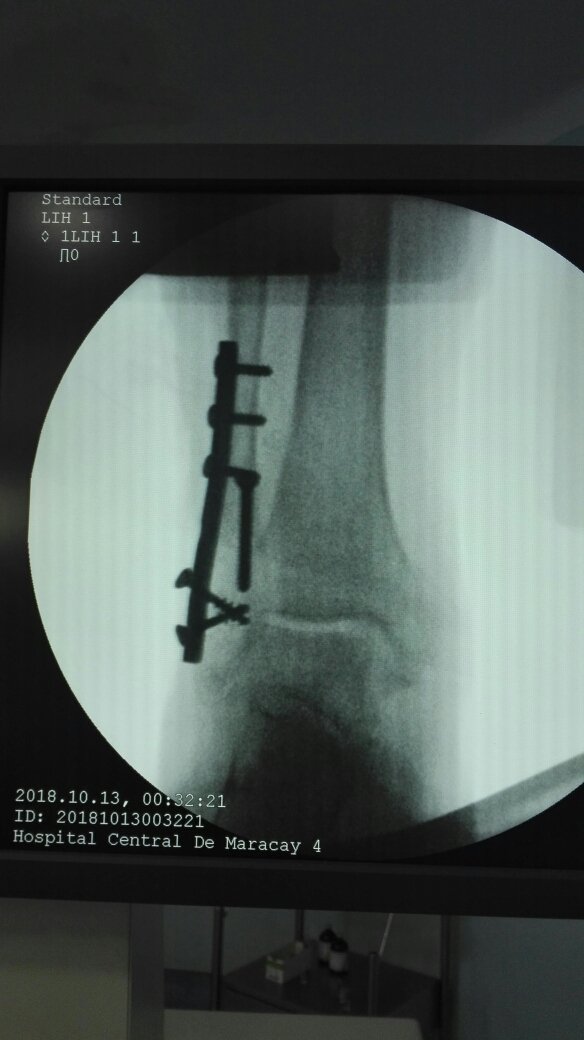
Treatment and rehabilitation
If the fracture is stable (without damage to the ligaments or the flat joint), it can be treated with a leg cast or brace. Initially, a long leg cast may be applied, which can then be replaced with a short walking cast.
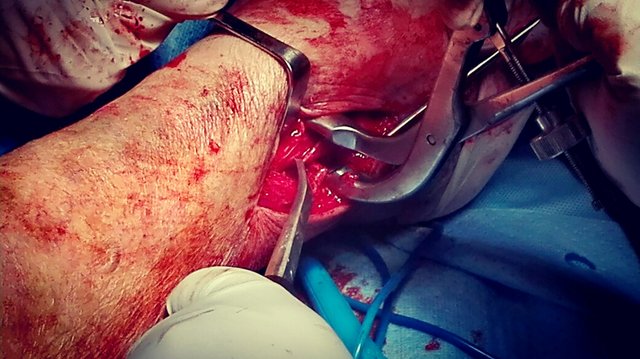
It takes at least six weeks for a broken ankle to heal, and it may be several months before you can return to sports at the same competitive level as before. Your doctor may schedule additional x-rays while the bones are healing to make sure that changes or pressure on the ankle won't cause the bones to move.
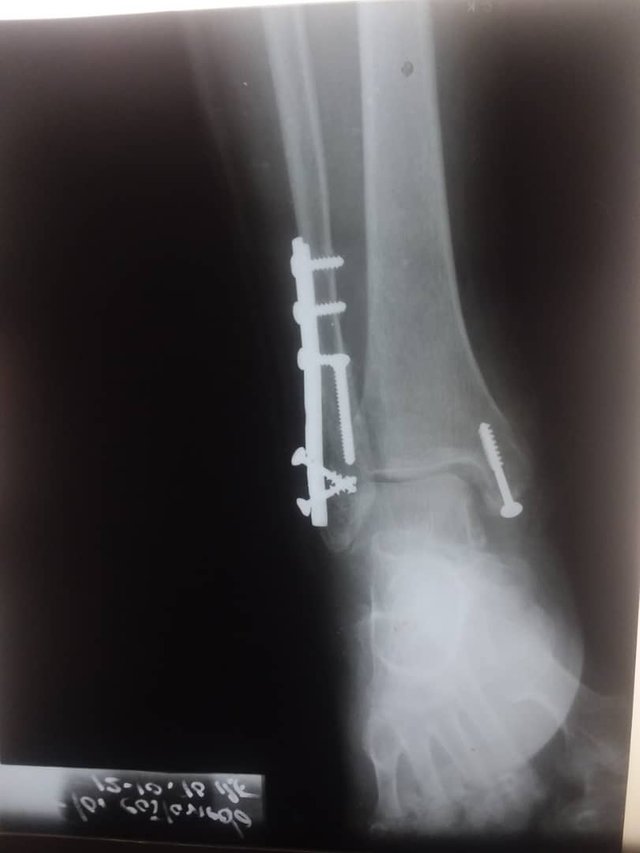
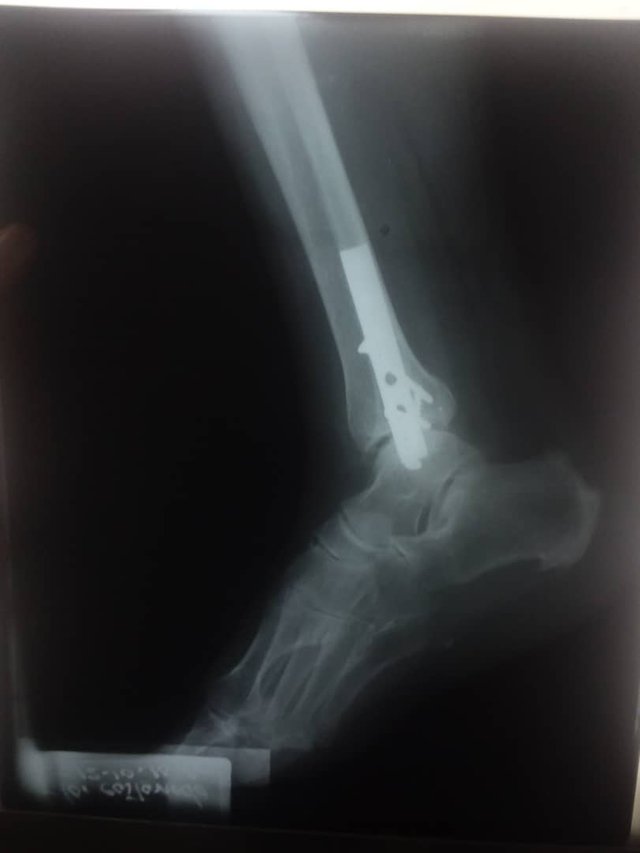
If the ligaments are also torn, or if the fracture created a loose fragment of bone that could irritate the joint, surgery may be needed to "fix" the bones, joining them together to heal properly. The surgeon may use a plate, metal or absorbable pins, staples, or tension bands to hold the bones in place. There are usually some complications, although the risks of complications increase among diabetic patients and smokers. Your surgeon will then prescribe a rehabilitation and strengthening program. Range-of-motion exercises are important, but it is equally important not to bear weight with the ankle.
A child who breaks an ankle should be monitored periodically for two years to ensure that the growth develops correctly and without deformity or uneven leg length.

If you need recommendations or help in orthopedic surgery and traumatology do not hesitate to contact me.
Dr. Leopoldo Maizo - Orthopedic Surgeon

If you want to read more I invite you to visit my page:

Firma diseñada por @themonkeyzuelans, contáctalos vía Discord "themonkeyzuelans#9087"
Great projects from the Steemit community:
Posted from my blog with SteemPress : http://drmaizo.com/2018/10/13/surgeons-case-ankle-break/


.png)
Great work on such a delicate and tendon filled area!
Exactly dude, a transition zone or articulate is always a delity zone. Thank you for your comment, a hug.